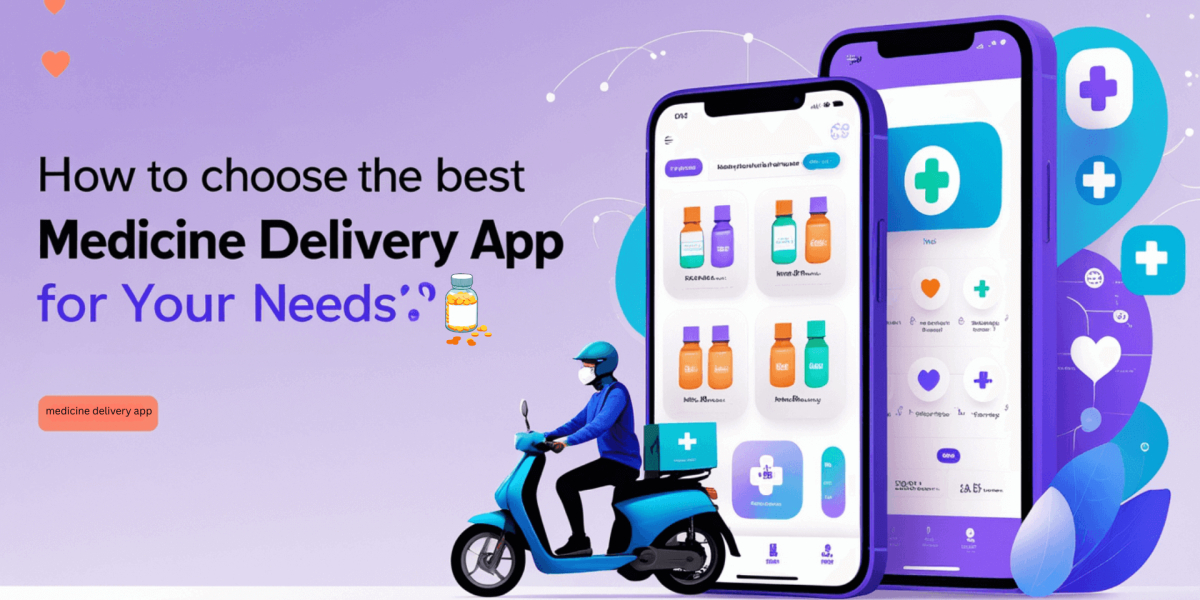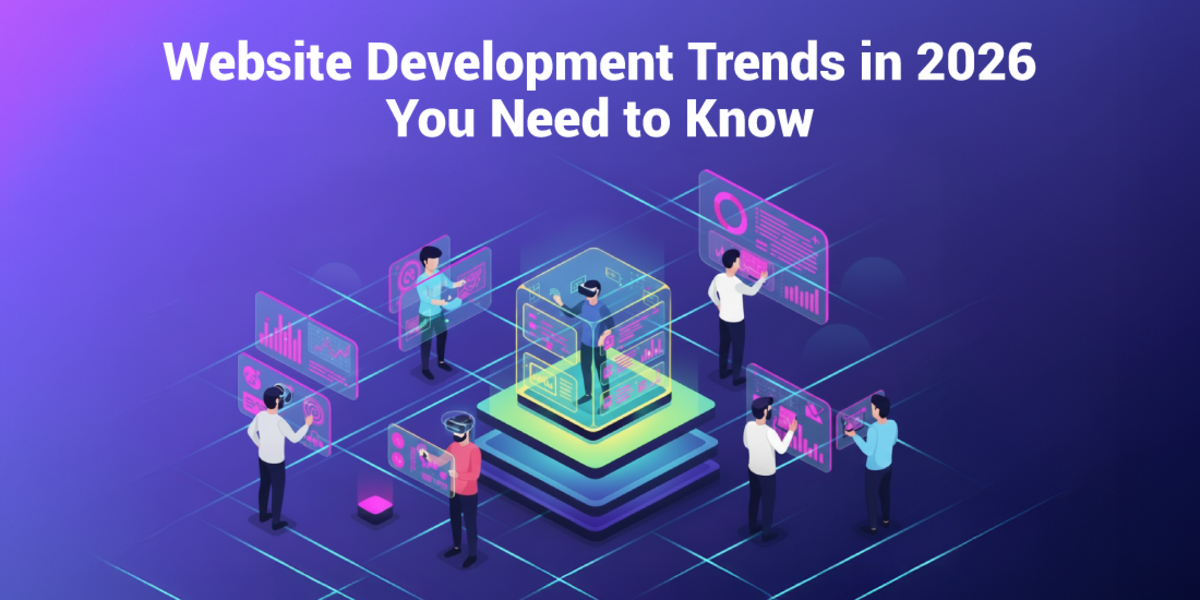The Importance and Strategies of MVP in Software Development
- By Ankit Sharma
- 08-04-2024
- Software
.png)
In the current scenario, the software development world is most prominent in terms of delivering the most efficient and high-end software solutions to businesses. Resulting in the transformation of your ideas into innovative solutions that optimize your business’s operations and automate a wide range of processes. The concept of a Minimum Viable product has become a cornerstone for success. It is simply a stripped-down version of your actual software solution with a limited number of necessary features and functionalities. Which helps you validate your core concept and gather valuable feedback from their targeted audiences. This is the major reason why an MVP app development service is considered an experiment that is conducted at a minimum cost before diving into the complete solution development process.
Since traditional software development often leads the users to first craft the complete software solution before actually allowing them to validate their idea in the market,. This linear approach can sometimes be disastrous for most startups and businesses. Imagine pouring months of resources into a product only to discover after launch that it fails to address user needs or lacks market demand. An MVP helps you sidestep this pitfall by prioritizing validation over blind assumption. MVP software development comprises a variety of strategies and is important when it comes to presenting your business idea to your targeted audiences.
In this article, we will discover the deep insights needed to craft the strategies, highlighting the importance of MVP app development for addressing your actual idea before crafting the complete software solution. This data will make you aware of the complete process of how to craft a perfect MVP to drive client’s attention toward your unique idea to solve their unique set of problems.
Some Statistics to Consider
1. According to a Harvard Business Review study, a whopping 90% of startups fail. By validating your concept early with an MVP, you can significantly reduce the risk of failure and associated costs.
2. A study by CB Insights found that the number one reason startups fail is because they don't have a market need. By incorporating early user feedback through an MVP, you can avoid building a product that nobody wants.
3. According to a time-to-market study, which suggests that companies with a faster time-to-market achieve 47% higher returns than their slower counterparts,. The MVP approach allows you to get your product in front of users quicker, potentially giving you a significant first-mover advantage.
4. According to a set of studies by Eric Ries, author of "The Lean Startup," startups that adopt a lean approach, which includes utilizing MVPs, have a higher success rate compared to those following traditional development methods.
Here Are Some of the Benefits of MVP Software Development
-
Reduced risk and cost:
By focusing on core functionalities, you can easily minimize development time and resource allocation. This leads to significant cost savings, especially if your initial concept is proven to be the most useful for its audiences. Imagine developing a complex product with numerous features, only to discover whether it is actually needed by the users or not. The MVP approach allows you to test this core concept with minimal investment, significantly reducing the risk of financial loss.
-
Early User Feedback:
The MVP concept helps your business move your product into the hands of real users at the earlier development stages. Since their feedback is one of the most important things in refining your product and ensuring it solves a genuine problem in a way according to the user’s expectations,. Early user feedback allows you to identify usability issues, measure user’s interest in specific features, and highlight unexpected challenges associated with them. This feedback loop is essential for shaping your product into a market-ready solution that users will adopt.
-
Market Validation:
The MVP allows you to test the market need for your software solution. As it effectively measures the user response that will tell you if there's a need for your product and if you are on the right track to craft an improvised software. It also helps you understand that your product solves a problem that users are willing to pay for. Is there a large enough target market to make your business sustainable? The MVP helps answer these critical questions before investing heavily in full-scale development.
-
Agile Development:
The MVP perspective aligns perfectly with agile development methodologies. As it allows for iterative development cycles where you build, measure, learn, and iterate based on user feedback. The MVP serves as the starting point for this iterative development process. You can also release your MVP in a short timeframe to gather user data, and then use that data to inform the development team of the next iteration of your product. This continuous feedback loop ensures that your product remains relevant and best fits to user needs throughout the development lifecycle.
-
Faster time to market:
By focusing on core functionalities, you can launch your MVP quicker, giving you a first-mover advantage and the ability to establish a user base before competitors catch up. The faster you can get your product into the market, the sooner you can start generating revenue and building brand recognition. An MVP approach allows you to validate your concept, gather feedback, and establish a foothold in the market much quicker than traditional development methods.
Here’s How You Can Effectively Craft a Successful MVP Strategy
Crafting successful strategies to create an MVP that is efficient and can easily gain the user’s attention requires careful planning, execution, and understanding of the purpose. Here are some of the important strategies to consider for effectively crafting a successful MVP software solution that best fits your client’s requirements.
- Define Your Value Proposition: Identify the core problem your software aims to solve and the value it offers to users. This becomes the foundation of your MVP. As addressing your core problem is the major concern to craft a reliable and efficient solution.
- Prioritize Features: Not all features are created equal. Identify the minimum set of features that are essential to convey your value proposition and demonstrate the core functionality.
- Focus on Usability: Despite being a basic version, your MVP should prioritize user experience. Make it intuitive, easy to navigate, and functional to gather meaningful feedback. For this you can also ask your developer or your chosen mobile app development company to optimize the solution’s usability, making it easily accessible for the users.
- Set Clear Goals: Establish clear and measurable objectives for your MVP. This could involve user acquisition targets, feature adoption rates, or specific user feedback metrics. These goals can help you effectively craft a software solution that will be the best fit for your user’s needs.
- Gather User Feedback: Actively encourage users to provide feedback on your MVP. This could be through surveys, in-app feedback forms, or user interviews. You can also effectively analyze this feedback to identify areas for improvement.
- Opt Data-Driven Approach: Don't rely solely on intuition when making decisions about your product's future. Utilize user data and feedback to guide your development roadmap.
- Continuous implementation and Enhancements: The MVP is not a finished product; it's a starting point. Be prepared to iterate and improve your software based on the learnings gleaned from user interaction.
Addressing Some Common MVP Mistakes That You Must Avoid
1. Adding Features & Functionalities:
While crafting an MVP, according to the concept you should prioritize adding only certain necessary features and functionalities that can address the actual problem for which you are offering the solution through your software solution. Don’t let your MVP bloat with a vast set of features and functionalities which can also create confusion amongst your clients about what you are trying to deliver.
2. Ignoring User Feedback:
The whole mechanism of MVP lies behind the user’s feedback to improvise all your mobile app solutions. You have to compulsorily gather user feedback, which is necessary for the improvisation and enhancements of your mobile app solutions. Instead of ignoring it, you can use it as an aspect to define the future direction of your product.
3. Launching an Incomplete Product:
When you launch the basic version of your MVP, this can lead to the inefficient functioning of your solution in the competitive edge of the market. Your MVP should still be functional and user-friendly offering the users an effective user experience without making them engage a lot of effort.
4. Confusion in MVP & Prototype:
An MVP is not the same just like that of a prototype. Instead, it is a basic demonstration of software’s functionality, whereas an MVP is simply a functional product that is specifically made for the user’s interaction and usage, addressing their particular problems. Most businesses sometimes get stuck in this confusion and make wrong choices that don’t fit their requirements best.
Here Are Some Key Strategies to Craft an MVP
- Define Actual Requirements: Before moving further into the MVP software development process you need to identify the core problem that you have to solve through your software solution. For the same you need to highlight the pain points of the users, articulating the value of your products, that are offered to the end users.
- Prioritizing Features & Functionalities: You should distinguish between the must-have and nice-to-have features, focusing on the absolute minimum set of features that are required to address the core value of your software product Focusing on the minimum set of features deliver you the core value proposition highlighting its main functionalities. You should prioritize the features and functionalities based on their potential impact on user experience and validation of the actual concept.
- Optimize Its Usability: Instead of being a basic version of your actual software product, the MVP should also prioritize the user experience. Making it easier to navigate, understand, and use to gather meaningful feedback from the users to improvise your actual product in terms of features and functionalities. You should also ensure that your MVP effectively showcases the core workflows and user interactions according to your product’s value proposition.
- Set Defined Goals: To establish clear and defined objectives for facilitating MVP software development, you need to set a range of defined goals. You need to rely on these metrics that could involve user acquisition targets, feature adoption rates, specific user feedback metrics, or key performance indicators that are relevant to your actual software product. Also, you should continuously keep track of the data gathered through user feedback and interactions. This keeps you informed about future iterations and guides your product’s roadmap.
- Feedback Collection: Feedback is one of the most important aspects when you are crafting an MVP. To effectively gather user’s feedback you should create multiple feedback collection channels. This could be achieved through different channels like surveys, feedback forms, user interviews, and online forums as well. You not only have to gather user feedback but also analyze it to identify areas for improvement, validate assumptions, and uncover unforeseen challenges. Also, this feedback can be used to iterate and improve your product.
- Facilitate Implementation: Since MVP itself means that the improvisation must go on as and when required. It is a first step in the iterative development process. Be prepared to continuously adapt to the feedback and make necessary changes. Allowing you to make data-driven decisions about your product’s future by utilizing user data, feedback, and analytics to guide development and prioritize the necessary set of features and functionalities for your MVP.
Conclusion
Since, the MVP approach is one of the most powerful strategies for software development. Specifically for the startup businesses who are up to launch their idea to address the problems of individuals. Helping the startups in prioritizing the validation of their solution ideas gathering the user’s feedback so that they can easily improvise their actual products to increase their chances of success in their respective market’s competitive edge. An MVP is not just a shortcut, it’s a smarter way to build software that fulfills all the users' requirements for which it is crafted. Moving ahead to the MVP roadmap you can launch, learn, and craft your desired software solution that too according to the user’s requirements, driving their attention at the earlier stages of development and iterating according to their actual feedback. This article will help you in effectively crafting the MVP highlighting its importance and crafting effective strategies for futuristic prospects.


.jpg)


